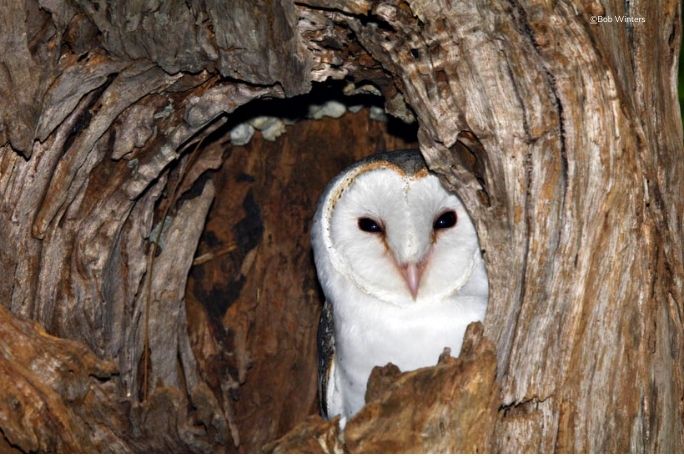Lesson Summary
Students will apply what they know about their local biodiversity to create a tool to help their community judge the state of the biodiversity around them. Students will treat this as an open-ended problem solving challenge and choose a media to develop their biodiversity indicator.
Learning Intentions:
Students will...
- Create a tool for their community to make judgments about their local biodiversity.
- Apply past learning to identify simple and usable criteria to indicate on a scale the health of biodiversity.
- Use problem solving techniques in choosing observable criteria to make the biodiversity indicator tool.
Lesson guides and printables
Additional Info
This is an original Cool.org lesson. Facts and figures in these lessons may have changed since this lesson was published. We always endeavour to update our resources in a timely manner, but if you see an error or issue in our resources please get in touch with us.


Welcome back!
Don't have an account yet?
Log in with:
By signing up to Cool.org you consent and agree to Cool's privacy policy to
store, manage and process your personal information. To read more, please see
our privacy policy here(Opens in new tab).
Create your free Cool.org account.
Many of our resources are free, with an option to upgrade to Cool+ for premium content.
Already have an account?
Sign up with:
By signing up to Cool.org you consent and agree to Cool's privacy policy to
store, manage and process your personal information. To read more, please see
our privacy policy here(Opens in new tab).